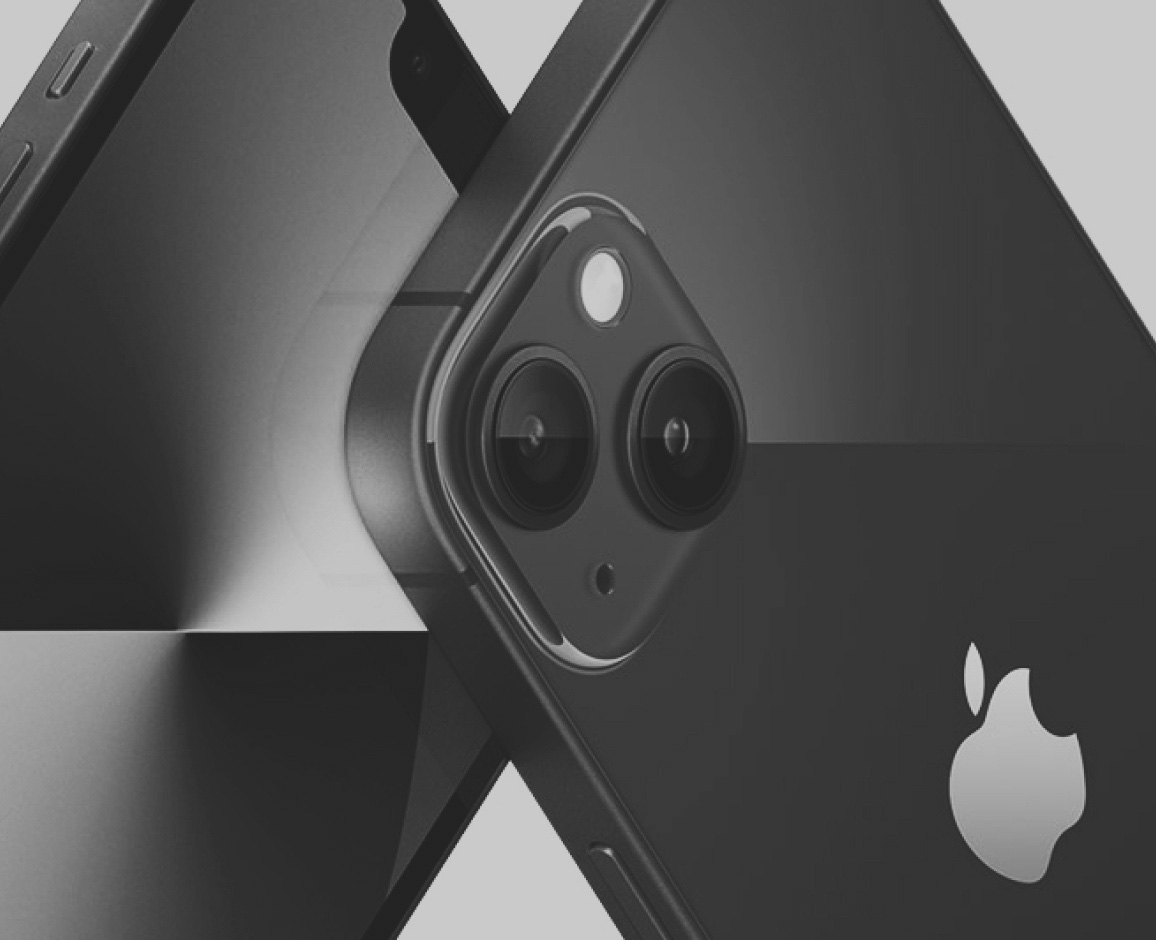Apple is finally considering offering its hardware as a service, transforming one of the largest technology hardware manufacturers on the planet into a fully active participant of the Subscription Economy. It’s about time.
Hopefully, this will mean the end of all the confusing half-steps: carrier subsidies, trade-in offers, upgrade programs, insurance tiers, leasing plans. Maybe someday we will all simply subscribe to Apple. But there are still plenty of ways for Cupertino to blow it.
I work with a lot of hardware manufacturers, and when it comes to subscriptions, many of them are still plagued by the past; they think subscriptions are the same thing as automotive-style leases or equipment rental agreements. They’re not.
In a pure hardware subscription, you’re paying for access to a service, not the product. That puts the responsibility for the product on the manufacturer: maintenance, upgrades, recycling, repurposing, etc. There’s no insurance, because you’re not responsible for anything. They are.
Long-time Apple users want to subscribe to the Apple brand, the Apple promise. They want the scope of their usership to increase; they don’t just want bits and pieces of the premium experiences that Apple creates. They want it all. In a best case scenario, Apple fans would be able to purchase a golden ticket into the entire Apple ecosystem.
That’s why Apple has been assiduously growing its subscription business over the last decade, and finally here’s a chance for them to take the plunge and become a true hardware-as-a-service company. Let’s look at a few ways I think Apple has done usership right, a few ways they’ve done it wrong, and what all of it might mean for this potential future plan: The Golden Ticket.
Usership Wins
Apple’s shift to services has been driven by all sorts of goals: to expand access, support sustainability, motivate their ecosystem, as well as (oh right) embrace higher margins. But it has also been motivated by a foundational concept for Apple: simplicity. This is a company that famously says “No” to most things; it adds by subtracting (one of my favorite Steve Jobs stories involves him ripping keys out of a keyboard!).
First, one of Apple’s best subscription model pivots in the past few years has been the creation of the Apple One program, which bundles all of its paid digital services into one subscription package. Imagine having six separate Apple subscriptions, on top of paying for AppleCare+, and your telecommunications provider bill? That’s just poor pricing management that gets passed onto the end-user, which no one in their right mind wants. Apple fixed that problem.
It also allows up to five family members (with the Family or Premier plans) to take part and have individualized profiles for each service. In some ways, it also eliminates the hassle of choosing which Apple services you want. You might not watch CODA on Apple TV+, but your partner or children might. The same goes for storage, games, fitness and news.
The second area where Apple has adjusted to usership correctly is the AppleCare+ device protection program. If your phone gets broken, Apple will fix it. Period. Today, you can walk into any Apple Store and have your device serviced or even replaced for a small fee, instead of having to buy a whole new device outright. You don’t need to worry anymore about cracked screens or lost or stolen devices. Again, Apple is eliminating pain points and surfacing simplicity.
Finally, the third area where Apple’s usership moves made sense was the retirement of iTunes and the unveiling of Apple Music. When the iPod took off in the early 2000’s, the world was obsessed with buying music for a dollar a track and storing it on the largest storage capacity iPod a user could afford. But since then, the demand to own a vast library of music has been superseded by wanting to have access to nearly all music, on-demand, at your fingertips.
The AppleOne approach unified six wildly different products into one experience, AppleCare+ has nearly nullified the fear of losing or breaking expensive hardware, and Apple Music ushered in a second-wave of podcasting and music streaming, while keeping Apple’s users within its ecosystem.
Simplicity. That’s the essence of usership over ownership.
But Apple hasn’t always followed their better angels. Here’s where they’ve stumbled.
Usership Fails
When Apple fails at usership, it creates needless complexity for its users. To paraphrase George Washington, it drowns them in “foreign entanglements.”
First, none of their current hardware products can be purchased on a true subscription plan or pass. If you don’t want to purchase a device at the full, unsubsidized price – as of this writing, a base model unlocked iPhone 13 is $799 without tax – you have the option of signing up for a credit card or going with your telecommunication provider’s subsidized price and a 2-3 year contract. Either way you wind up signing something that looks like a six-foot-long CVS receipt.
Second, their Wallet is a stuffed mess, and includes an Apple credit card that’s not really an Apple credit card. In 2019 they introduced an Apple Card powered by Goldman Sachs and made available directly within the Wallet app. Physical versions of the card are made from titanium, with only your name printed on (fancy!). What a miss! Talk about holding on to the product values of the past — especially when you consider the possibility of the digitization of ID cards, driver licenses, and eventually passports, pending regulatory approval. This is way more important for Apple users and their ecosystem as a whole than a shiny new credit card that can also be used to chop vegetables.
Third, is the possibility that Apple’s new hardware-as-a-service program would be no different than signing up for a two-year contract at T-Mobile or AT&T, where a portion of the device’s cost is added to your phone bill every month. This strategy has already been around for what seems like forever. A membership to “everything Apple” should be something more akin to using Spotify or Tidal: I can start, end, and resume using the service whenever I want, with no penalties, only access.
The Golden Ticket
So given all this, what’s the best case scenario? What could Apple’s Golden Ticket eventually look like? For a comparable case study, let’s look at another hardware innovator: iRobot (full disclosure – they’re a client). Their new iRobot Select subscription plan is a smart effort at eliminating sticker shock, expanding access, and enabling simplicity. For $29/month and a $49 activation fee, a customer can have usership over a Roomba j7+ robot vacuum, a premium protection plan in case it gets damaged, with automatic refills of supplies sent to your home, eligibility for a hardware upgrade every three years, and finally, dedicated customer support.
In other words, iRobot wants to sell you a clean home. Apple, on the other hand, wants to sell you a productive and compelling life – at work, at home, and out in the world. How can they do that?
By combining all their current efforts into a simple plan that includes device protection (AppleCare+), the entire suite of premium apps (AppleOne), tailored customer support (Genius Bar), and discounts or included accessories.
By making that plan as flexible as possible: picking any Apple hardware product, with combinations of the protection and premium app plans, with rates befitting that package’s full retail cost and value. That’s simplicity itself.
A successful hardware-as-a-service business model is like a world of pure imagination: once you’re given access, anything is possible.


